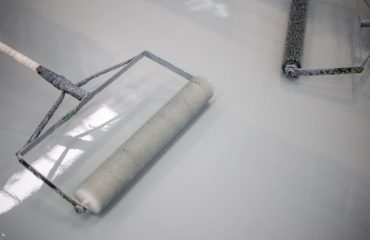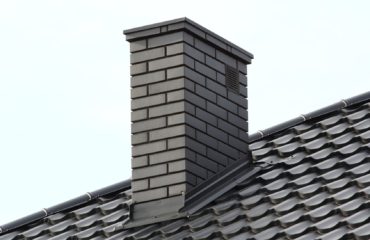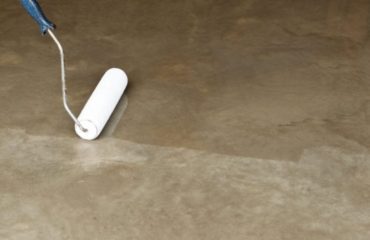Concrete lasts for an incredibly long period of time, especially when it is properly treated soon after it has been mixed, poured, and cured. Protected by a concrete sealer, concrete can withstand the elements, freeze/thaw cycles, UV damage, abrasions, water damage, and the myriad forms of wear that accumulate over time. However, concrete sealers do not last indefinitely unless you have opted to use a penetrating sealer. As these sealers actually strengthen the concrete by changing its chemical make-up, penetrating sealers do not need to be reapplied.
Surface sealers, on the other hand, need periodic reapplication, though that will depend on your particular concrete project. Some, like epoxies, will last longer than others, like acrylics; water-based sealers will typically not last as long as solvent-based offerings. Before you can reapply a sealer, however, it is important that remove all the last vestiges of the old sealer in order to ensure maximum protection from the new application. As surface sealers bond to the surface of the concrete, the presence of old sealer can impede that adhesion process.
The easiest way to remove a concrete sealer is to begin by acid etching the surface of the concrete with muriatic acid. This process can be dangerous if you are unfamiliar with it; however, it is well within the ability of any ordinary homeowner, as long as the proper care is taken. To acid etch, you must first dilute the acid, which minimizes its potential danger. Then you must spray the concrete surface with the acid, scrubbing vigorously. Next, you have to neutralize the acid before washing down the concrete surface for a final time.
The acid etching process will remove the old concrete sealer completely from the concrete slab. In its place will stand a fresh slab of concrete ready for a new application of concrete sealer. Once the concrete has been acid etched, you need to let the slab dry completely before applying the new sealer. If the slab is wet, or if there is any sort of debris obstructing the surface, the new coat of sealer will not bond as well as it should, leaving your concrete open to potential problems. Once dry, you are now free to apply the new coat of concrete sealer, which should last you until you need to repeat the process all over again.




